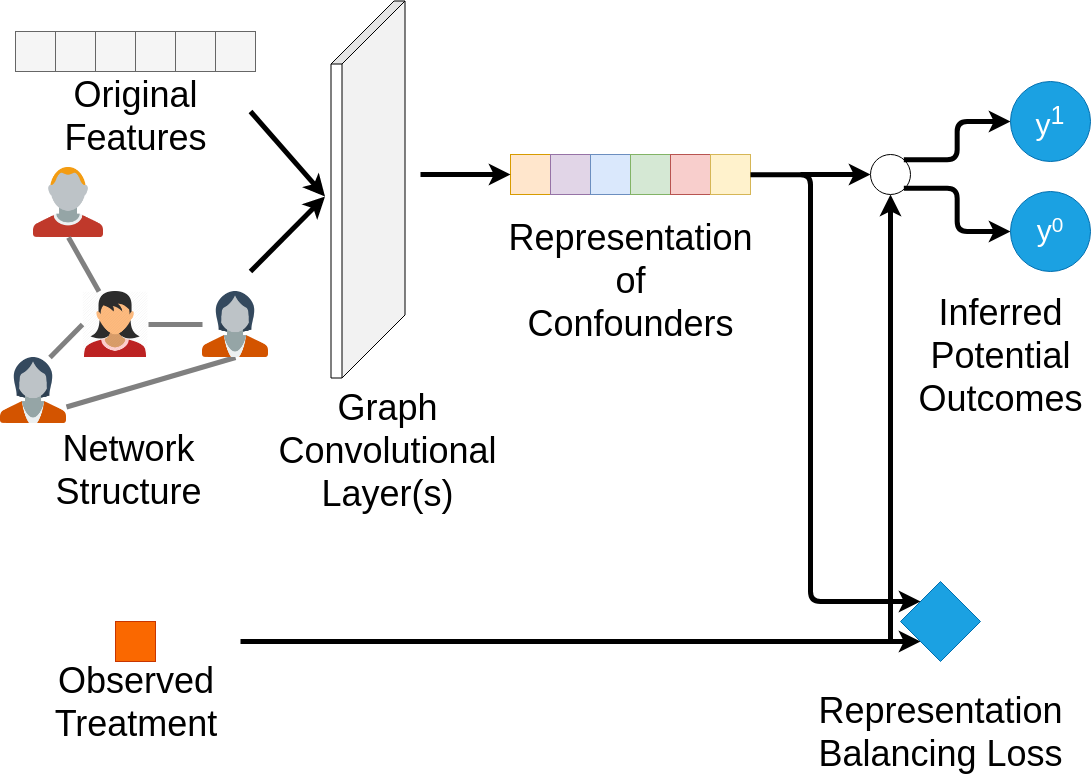Learning Individual Causal Effects from Networked Observational Data
Convenient access to observational data enables us to learn causal effects without randomized experiments. This research direction draws increasing attention in research areas such as economics, healthcare, and education. For example, we can study how a medicine (the treatment) causally affects the health condition (the outcome) of a patient using existing electronic health records. To validate causal effects learned from observational data, we have to control confounding bias -- the influence of variables which causally influence both the treatment and the outcome. Existing work along this line overwhelmingly relies on the unconfoundedness assumption that there do not exist unobserved confounders. However, this assumption is untestable and can even be untenable. In fact, an important fact ignored by the majority of previous work is that observational data can come with network information that can be utilized to infer hidden confounders. For example, in an observational study of the individual-level treatment effect of a medicine, instead of randomized experiments, the medicine is often assigned to each individual based on a series of factors. Some of the factors (e.g., socioeconomic status) can be challenging to measure and therefore become hidden confounders. Fortunately, the socioeconomic status of an individual can be reflected by whom she is connected in social networks. With this fact in mind, we aim to exploit the network information to recognize patterns of hidden confounders which would further allow us to learn valid individual causal effects from observational data. In this work, we propose a novel causal inference framework, the network deconfounder, which learns representations to unravel patterns of hidden confounders from the network information. Empirically, we perform extensive experiments to validate the effectiveness of the network deconfounder on various datasets.
PDF Abstract

